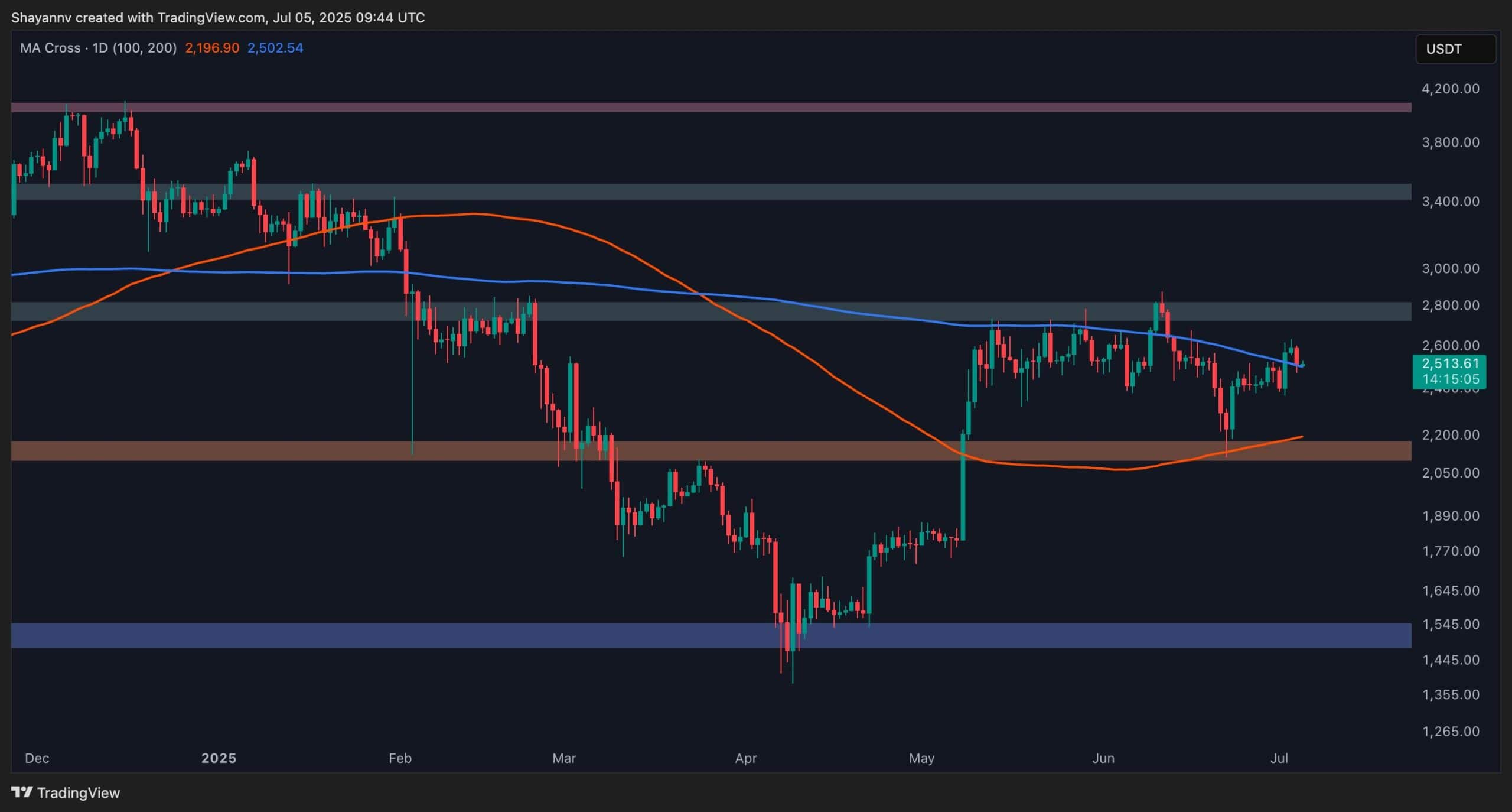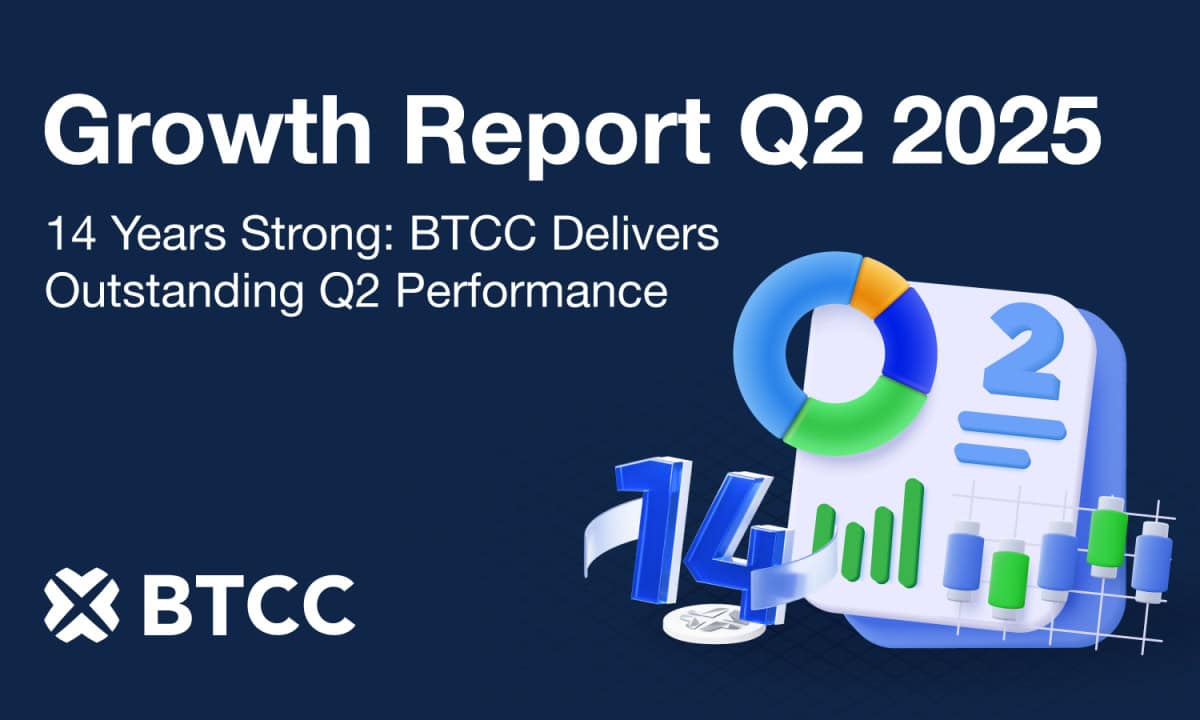Treasury Secretary Scott Bessent sees stablecoins creating $2T in demand for government debt
The US Treasury could experience a surge in demand for government debt from the digital asset sector, potentially reaching $2 trillion over the next several years, according to Treasury Secretary Scott Bessent. Bessent made the statement during a House Financial Services Committee hearing on the global financial system, where he emphasized the growing financial relevance […] The post Treasury Secretary Scott Bessent sees stablecoins creating $2T in demand for government debt appeared first on CryptoSlate.

The US Treasury could experience a surge in demand for government debt from the digital asset sector, potentially reaching $2 trillion over the next several years, according to Treasury Secretary Scott Bessent.
Bessent made the statement during a House Financial Services Committee hearing on the global financial system, where he emphasized the growing financial relevance of digital assets to the broader economy.
Bessent said the US must take a leadership role in shaping global standards for crypto markets, citing the country’s opportunity to both guide innovation and benefit from it.
He pointed to the increasing integration of stablecoins and other blockchain-based financial products with the US dollar and Treasury markets as an example of how digital assets can support national financial interests.
Stablecoin growth driving Treasury demand
Much of the projected demand stems from stablecoins, which have come to rely heavily on US Treasury bills to maintain their reserves.
Tether, the largest stablecoin issuer, held nearly $120 billion in short-term Treasury bills as USDT reserves as of the end of March. Meanwhile, Circle, the firm behind the USD Coin (USDC), reported over $22 billion in T-bill holdings as of February 2025.
As stablecoin circulation grows along with rising global demand, so does the need for corresponding collateral in low-risk assets like Treasuries.
The link between digital assets and US debt markets is becoming more entrenched, as private issuers increasingly function as steady institutional buyers of government securities.
This emerging source of demand may offer Treasury markets a new layer of resilience and liquidity, particularly amid broader concerns about foreign appetite for US debt.
Congress weighing new legislation
Proposed legislation that aims to formalize the role of stablecoin issuers in the Treasury ecosystem also reinforces the potential demand boost.
The STABLE Act of 2025 and the GENIUS Act of 2025, both under review in Congress, would require issuers to fully back their tokens with high-quality liquid assets, including short-term Treasuries.
However, there are concerns that these bills could be delayed due to the political divide between Democrats and Republicans. Nine lawmakers recently withdrew support for the bill, citing concerns that it lacks rules that would sufficiently protect investors.
If passed, these bills could effectively institutionalize Treasury investment requirements across the stablecoin sector, anchoring digital dollars more deeply within the US financial infrastructure.
Advocates of the bill believe that such rules would bolster trust in stablecoins while cementing the dollar’s primacy in digital markets.
The post Treasury Secretary Scott Bessent sees stablecoins creating $2T in demand for government debt appeared first on CryptoSlate.






























